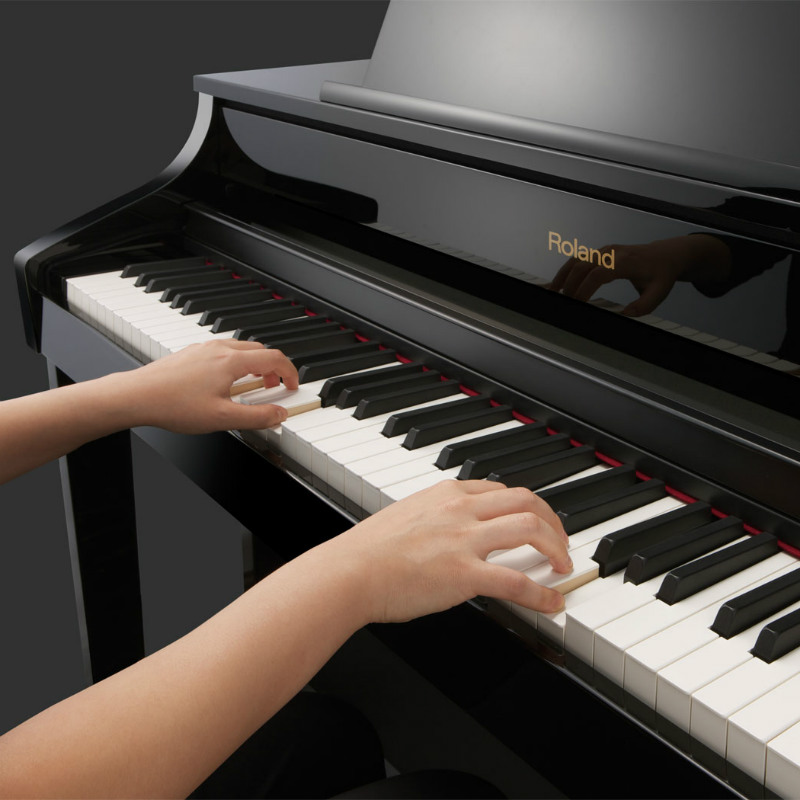The timeless acoustic piano may resist change, but modern technology offers digital pianos with several advantages. If you’re in the market for a home musical instrument and uncertain about which one to buy, we’re here to help you make the right decision.
Key Differences between Acoustic and Digital Pianos
An acoustic piano generates sound by striking steel wire strings with felt hammers. In contrast, digital pianos use electronic drivers to replicate high-quality recordings from the finest acoustic pianos.
The feel of the piano is crucial to the player, with hard or too-light keys causing frustration. Digital pianos can simulate the weighted keys of acoustics with seamless, realistic hammers. Some digital pianos enable users to adjust key sensitivity to match their preferences, with low sensitivity requiring more force to increase volume and high sensitivity delivering the same loud result with less pressure.
Digital pianos offer a wide range of sounds, allowing players to switch between strings, church organ, or harpsichord at the push of a button. Some digital pianos allow for keyboard splitting, playing one sound at the bottom and another at the top, increasing the expressive and diverse nature of the performance and allowing for experimentation with sounds.

Use of Headphones
Connecting headphones to a digital piano eliminates the need to worry about scheduling early morning or late evening practice, providing high-quality sound and peace of mind for your family and neighbors. Some digital pianos feature two headphone jacks, enabling users to play alone or with a tutor.
Placement of Digital and Acoustic Pianos at Home
When selecting a piano for the home, it’s essential to consider where it will be located. An acoustic piano should be placed in a room with constant temperature, as humidity changes can affect its tuning. On the other hand, a digital piano requires no setup or maintenance and can be situated in any room regardless of temperature. It is also portable, allowing for easy movement. Acoustic pianos, in contrast, are typically very heavy and remain in one spot.

Available space is also a critical factor to consider, with digital pianos offering compact options for smaller rooms. An acoustic piano is much larger and may compromise sound quality if placed too close to a wall.
As you can see, a digital piano provides several advantages over an acoustic one, making it an excellent choice for home use. Choose the best option for you and enjoy playing at home!



